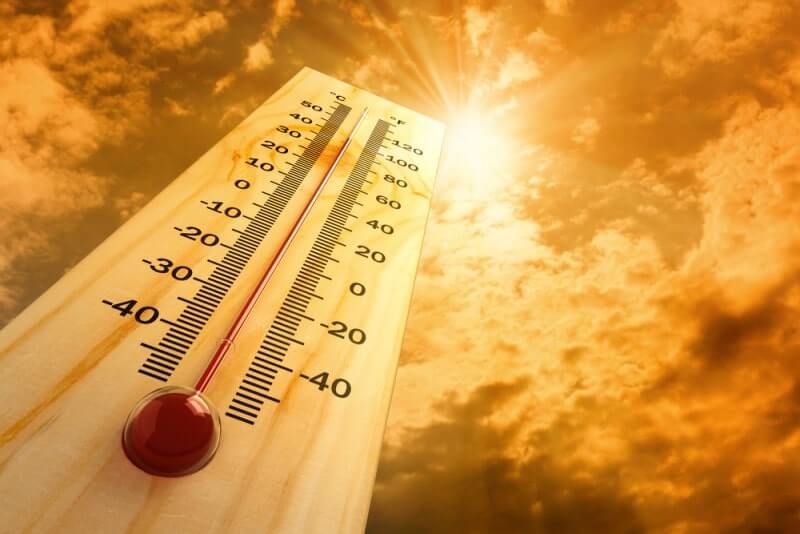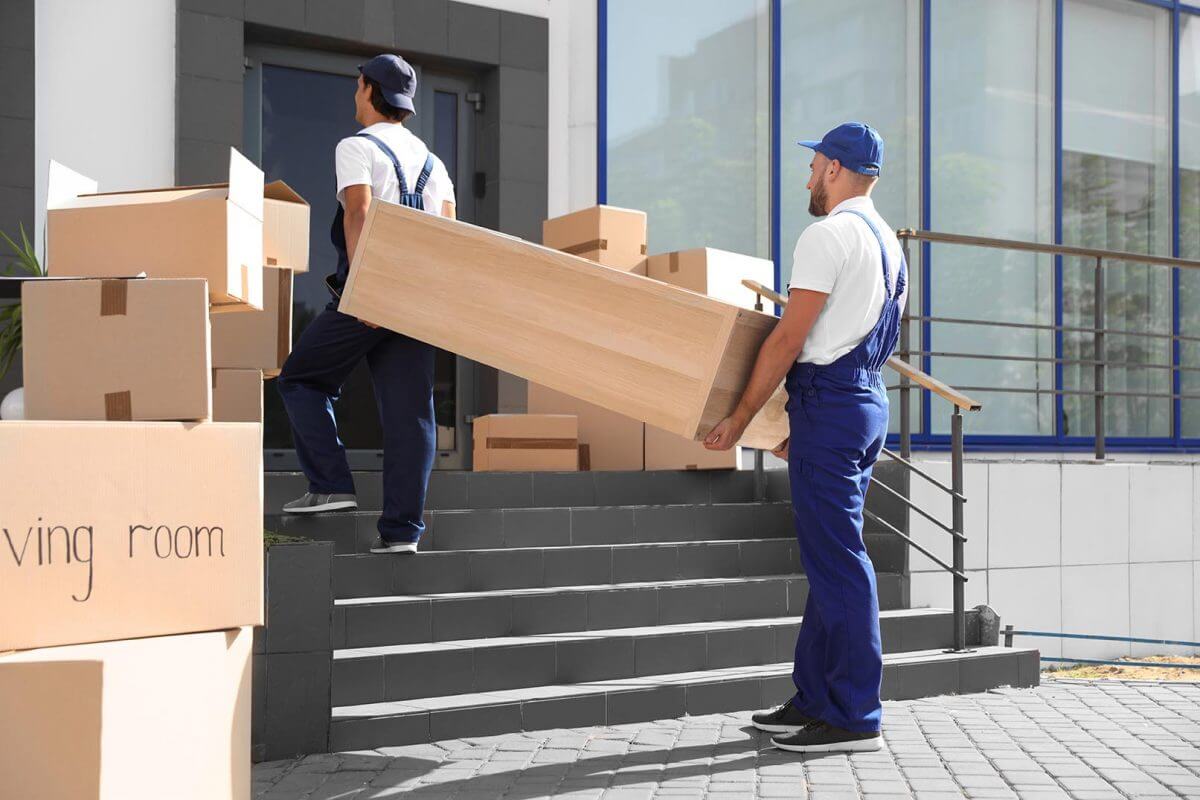It’s hot outside. You’re moving, and you don’t want to deal with the heat, but you have to.
Moving is hard enough, but when it’s hot outside, it can feel downright impossible. Add in the extra burden of dealing with the heat, and you might be tempted to give up or succumb to heat exhaustion before you’ve even started.
Fortunately, here are a few tips to help make your move a little easier during the sweltering heat of the hot summer months.
Stay hydrated.
It’s essential to drink plenty of fluids when working in hot weather, especially when doing strenuous activity. Water is always the best choice, but sports drinks can also help replace electrolytes.
Many Australians suffer from dehydration without realising it, so make sure you’re drinking enough fluids and take regular breaks in the shade or with cold towels and portable fans to stay cool.
How do you know you’re getting dehydrated? The first signs are usually thirst, a dry mouth, headaches, and feeling dizzy. There’s also the possibility of suffering from heat stroke or other heat-related illnesses, which can be deadly.
Everyone is different, but experts typically recommend drinking six to eight glasses per day.
Avoid moving during the hottest part of the day.
If possible, start early in the morning or wait until the evening when the temperature has cooled down. This is especially true if you’re moving long distances.
The hottest times of the day are usually between 11 a.m. and 3 p.m., so do so if you can avoid these hours and stay cool as much as possible. Travelling under the heat of the sun will be uncomfortable, but it increases the chance of your items becoming damaged or breaking.
Consider hiring a moving company that provides climate-controlled trucks
If you’re moving long distances, particularly if you’re going to an area with extreme weather conditions, consider hiring movers who can provide climate-controlled trucks. This will help keep your belongings safe and protected from the heat, cold, and humidity.
Take breaks and find air conditioning.
When it’s hot outside, it’s important to take breaks often and stay out of the sun as much as possible. If you’re working with a moving company, make sure they are taking breaks.
Lifting heavy loads under the sun’s heat only add to exhaustion, so it pays to be careful. Make sure you have enough water on hand when you’re moving and keep sipping even while you’re working.
When packing your items and planning which rooms to move into first, keep in mind that having a shaded place will make the process more bearable. If it’s cooler inside your new home than the outside temperature, take advantage of this by starting there, so you don’t have to spend too much time moving boxes in the hot sun.
You may also want to take an ice bath or use a cool compress to lower your body temperature if you start to feel overheated. Better yet, find a place where there’s ample air conditioning and rest there in between loads.
Have the professional movers use cold towels and also hide from the extreme heat in a room with air conditioning during the hottest times of the day.
Dress appropriately.
Lightweight, loose-fitting clothing will help you stay cooler than heavy or constricting clothing. It’s also a good idea to wear a hat or sunglasses to protect yourself from the sun’s rays.
Cotton clothing is breathable and helps you keep cool, but be sure to wash it quickly if it gets sweaty or dirty.
You can also try wearing a cooling scarf or neck wrap. These are filled with a gel that absorbs heat and helps keep you cool. Arm sleeves also protect you from the sun’s rays and help you stay cool.
Apply sunscreen with an SPF of 30 or higher to all exposed skin. Reapply it every two hours, or more often if you’re sweating or directly under the sun’s heat.
Finally, wear eye protection. A good pair of sunglasses can mean the difference between a fun and safe day or a traumatic trip to the hospital.
Protect your belongings from a hot moving truck.
When packing up your belongings for the move, use plenty of padding and wrapping material to protect them from the heat. Electronics are especially vulnerable to heat damage, so take extra care with these items.
If you have food items that need to be moved, try to move them as close to the moving date possible. During hot weather, food can spoil quickly, and it’s best not to take a chance with your perishable items.
Heat can also affect your furniture and appliances. If you plan to move these items in hot weather, consider having them thoroughly cleaned and serviced before moving day.
How to Protect Your New Home from the Heat
Before moving into your new home, consider installing window shades or awnings that can cut down on the amount of direct sunlight that enters your home. This will help keep the house cool, and it will also help protect your belongings from fading or damage.
Another important step is to protect your belongings from the heat. For example, you may want to consider using climate-controlled storage units for any furniture or other items that are especially sensitive to heat and humidity.
Moving companies can help you find affordable options in your area.
In addition, make sure that there is sufficient ventilation in your new home. This is especially important if you live in an area with high humidity levels. Consider installing fans or air conditioners to help circulate the air and keep the house comfortable.
Is it Wise to Move During the Summer Heat?
The summertime is typically the busiest season for movers. Families with children often wait to make their moves until after the school year ends, and college students frequently use the summer as an opportunity to relocate before starting or returning to school in the fall.
Following the tips outlined above will help minimise the risks and stress associated with moving during the summer months. Whether you’re planning a long-distance move or a local one, careful planning will keep your family cool and comfortable as you enjoy your first days in your new home.



